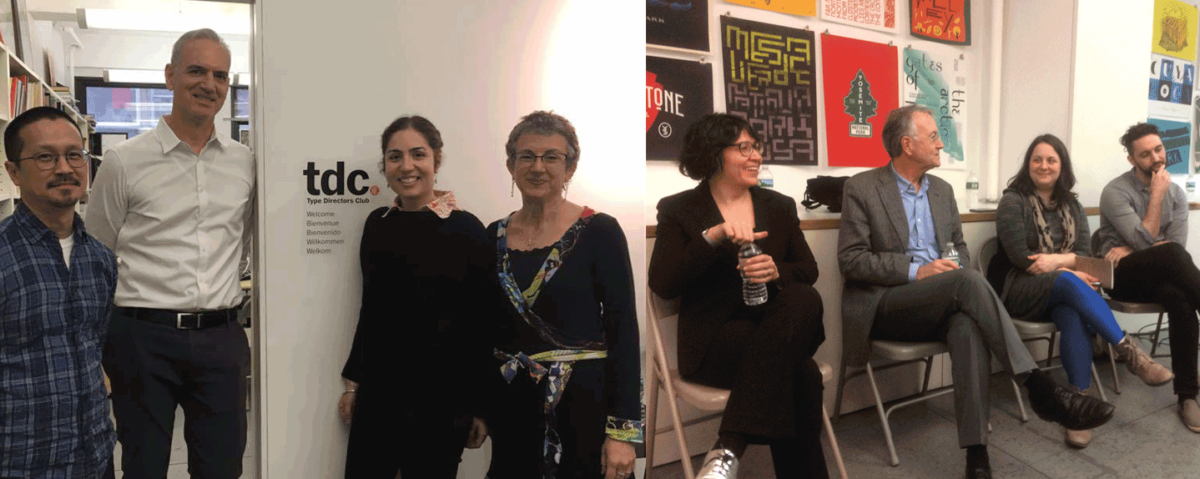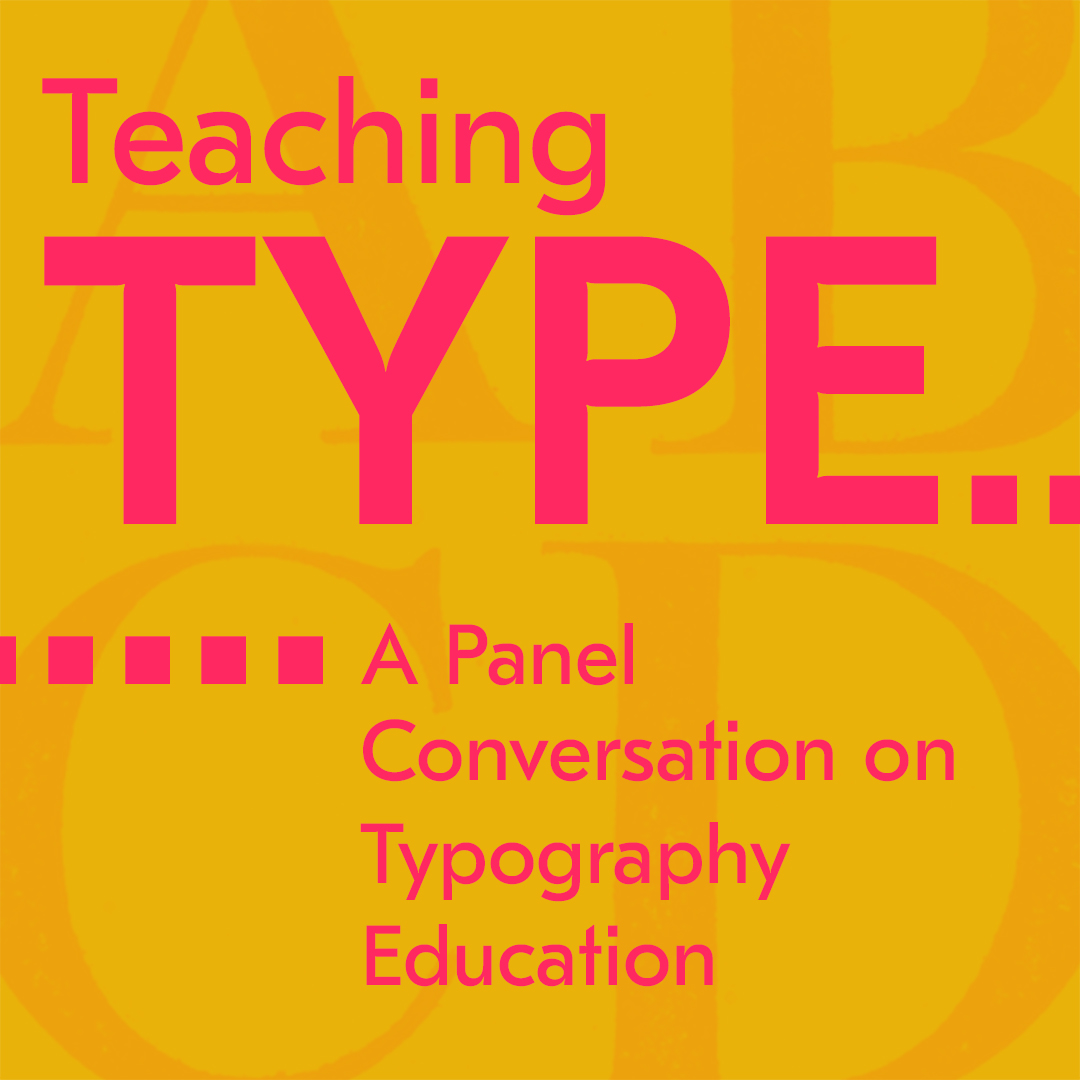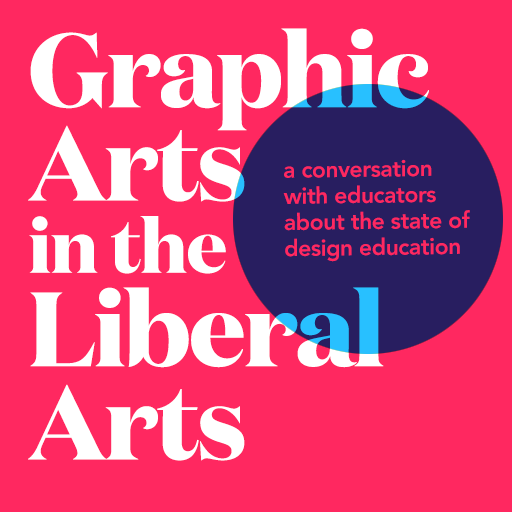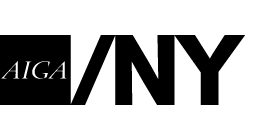Social Design is the practice of design where the primary motivation is to promote positive social change within society. As the design industry evolves, so too must design education. Developing Citizen Designers is a compilation of case studies written by design educators to address the notion that design, and the teaching of design, can empower students to play a more an active role in improving the way they live, interact and communicate with each other and their audiences. My presentation will address how social design pedagogy can be developed to address concrete social needs utilizing strategies like design thinking, collaborative learning and participatory design process.
Elizabeth Resnick is a Professor Emerita, former chair of Graphic Design and current part-time faculty at Massachusetts College of Art and Design, Boston, Massachusetts. She earned her B.F.A. / M.F.A. in Graphic Design at Rhode Island School of Design, Providence, Rhode Island.
Professor Resnick is also an active design curator having organized 7 comprehensive design exhibitions, the last 4 on socio-political graphic design: The Graphic Imperative: International Posters of Peace, Social Justice and The Environment 1965–2005; Graphic Intervention: 25 Years of International AIDS Awareness Posters 1985–2010; Graphic Advocacy: International Posters for the Digital Age: 2001–2012 and Women’s Rights Are Human Rights: International Posters on Gender-based Inequality, Violence and Discrimination (2016) investigating gender-based inequalities deeply entrenched in every global society.
Her publications include catalogs for the exhibitions, plus Developing Citizen Designers, Bloomsbury Academic (2016), Design for Communication: Conceptual Graphic Design Basics, John Wiley & Sons Publishers (2003) and Graphic Design: A Problem-Solving Approach to Visual Communication, Prentice-Hall Publications” (1984). She is currently working on ‘The Social Design Reader’ for Bloomsbury Academic (2019).
Elizabeth Resnick
Professor Emerita, part-time faculty, Graphic Design
Massachusetts College of Art and Design
621 Huntington Avenue, T617
Boston, Massachusetts 02115 USA
Elizabeth.Resnick@massart.edu






